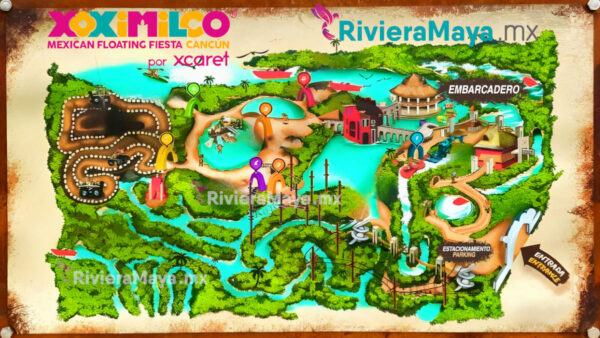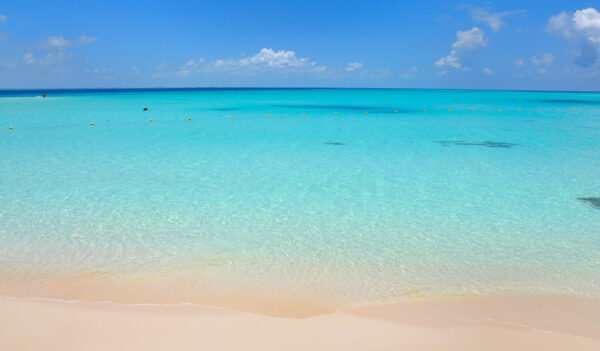I traveled from Cancún to Chetumal on a Saturday night to spend a full Sunday exploring the area. My goal was to visit Kohunlich, Kinichná, and Dzibanché—the overlooked Maya ruins of southern Quintana Roo.
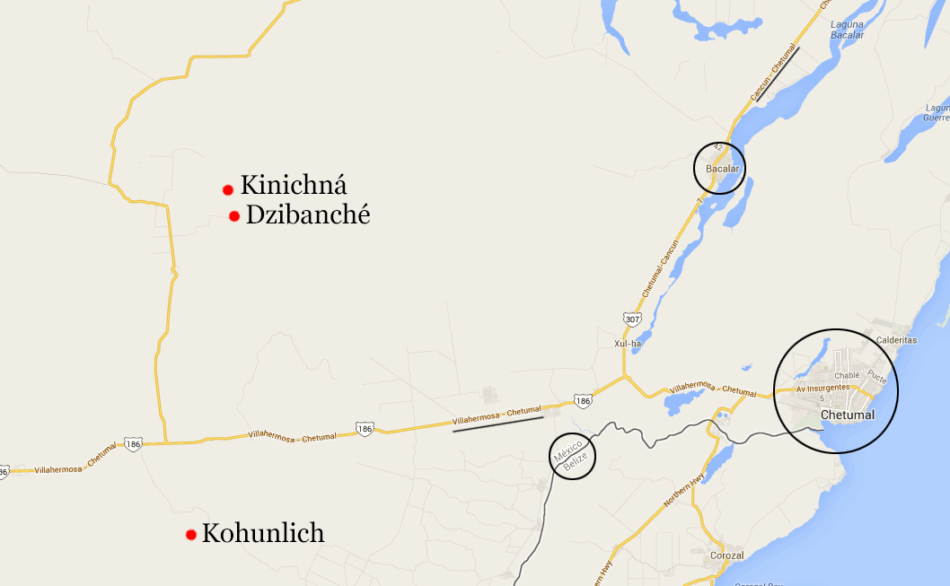
Location map of Dzibanché, Kinichná, and Kohunlich.
I planned to wake up early, but sharp stomach cramps beat me to it. I tried to ignore the pain, eat cereal with fruit, and chat like it was a normal hostel morning, but it was impossible. My temperature rose as fast as my mood dropped. Luckily (or not?), I’d been through this before and knew the drill: rest, bathroom, water, grit, repeat—not necessarily in that order.
By midday, with my stomach and energy somewhat restored, I focused on finding transportation to Dzibanché and Kinichná, which are right next to each other. I decided to skip Kohunlich. I found a combi (shared van) that took over an hour to depart and dropped me off 15 kilometers (9.3 miles) from the ruins. With no other options, I hopped in. The heat was brutal, humidity clung to the air, and the seats seemed designed for the buttocks of an alux (a Maya spirit). This free sauna session was the perfect motivation to distract myself with conversation—and that’s how I met Germán.
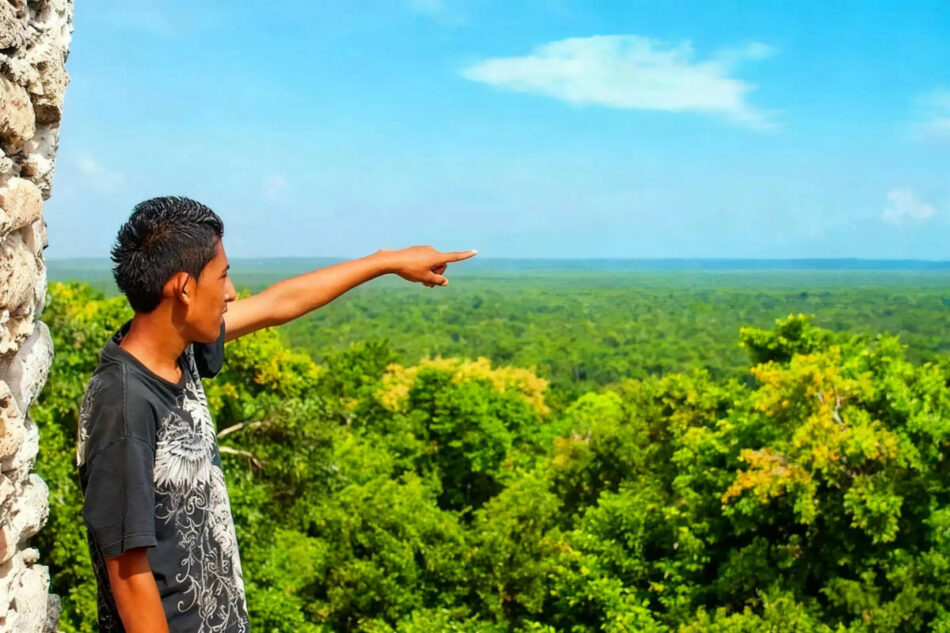
Germán pointing toward Chetumal on the horizon.
Germán lives in Morocoy, the closest village to Dzibanché and Kinichná. For him, these ruins have always been there—like a backyard, a playground, or a spot to take a date or hang with friends. After an hour-long ride, a hitchhiked lift, and renting a local driver’s car, we arrived at Dzibanché.
Dzibanché: Where Time Stands Still
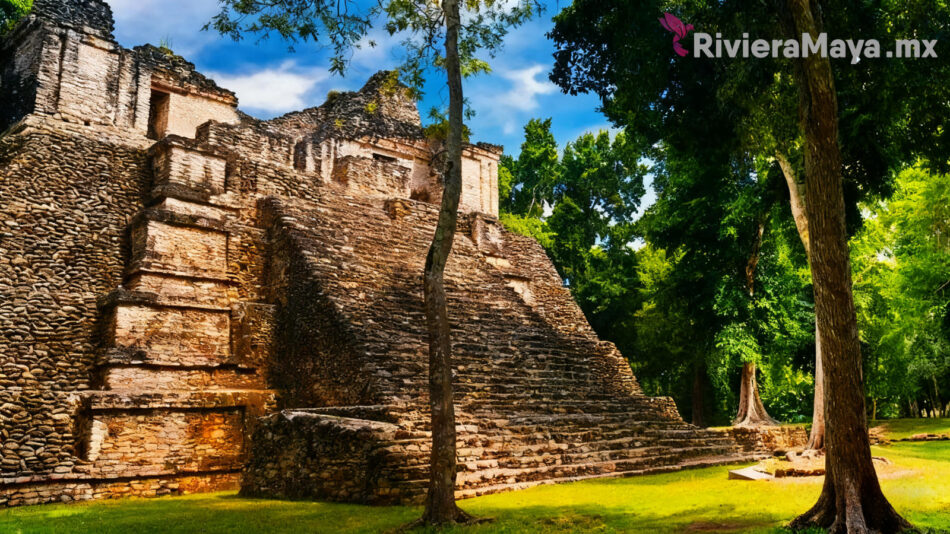
Dzibanché’s Temple of the Lintels.
To my delight, we were the only people in the entire archaeological zone. It was a perfect afternoon—every structure stood proudly, defying over 2,000 years of history. Dzibanché gets its name from a carved wooden lintel, meaning “writing on wood” in Maya. Its original name is lost to time, which makes you wonder: how long does it take for the name of a majestic city like this to fade from memory?
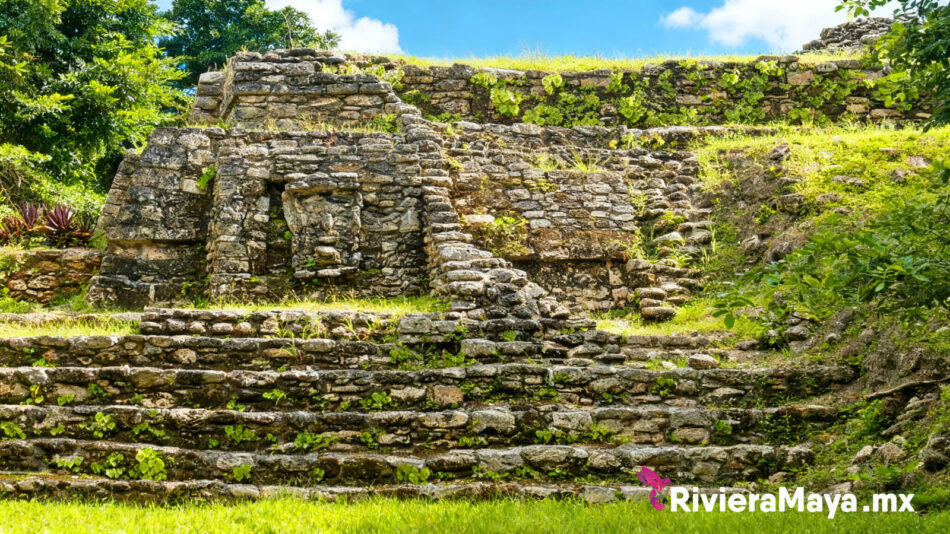
Dzibanché temple with a faintly sketched face.
As I wandered, I imagined the plazas and temples teeming with life—people praying, making offerings, trading food, clothing, and even weapons. Just 1,200 years ago, up to 1 million souls thrived here. For a moment, I felt transported. Dzibanché seemed to watch me back.
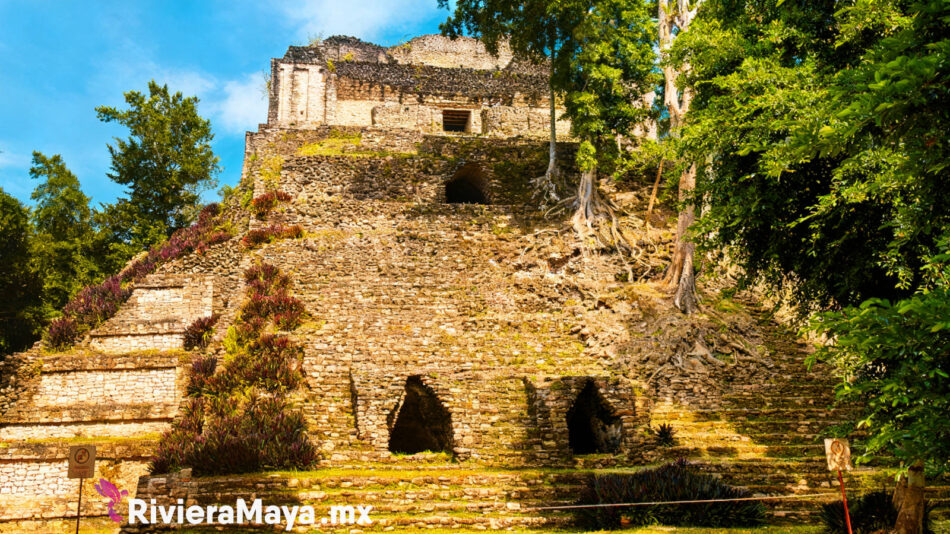
Dzibanché’s Temple of the Lord of Dzibanché.
At Dzibanché, it’s clear the Maya were driven by a desire to endure—to leave a mark, big or small, but indelible.
Kinichná: The House of the Sun
As daylight began to fade, we rushed to see Kinichná, meaning “House of the Sun.” This modest acropolis, part of the Dzibanché complex, radiates spirituality and quiet power.
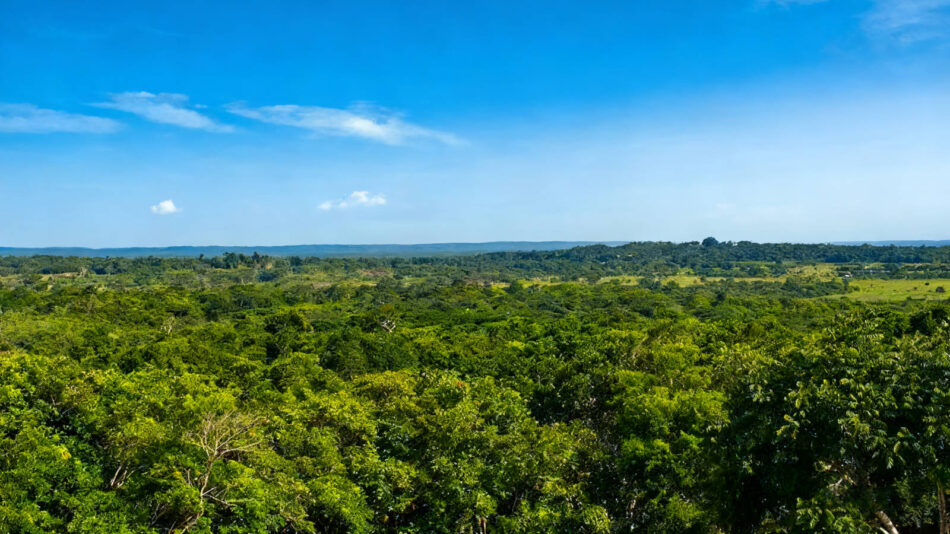
Kinichná view from the Temple of the Sun Inscriptions.
After saying goodbye to Germán and hitchhiking back to Chetumal, I began my return journey to Cancún, my backpack heavier with freedom and lessons learned.
Plan Your Visit: Practical Tips
- Getting There: From Chetumal, catch a combi (shared van) to Morocoy on Avenida Andrés Quintana Roo, near Pantojas Restaurant. The ride costs around $50 MXN ($2.50 USD) and takes 1.5 hours. Vans depart hourly from 6:00 AM to 7:00 PM. From Morocoy, hire a local driver or taxi for the final 15 km (9.3 mi) to the ruins (approx. $200 MXN/$10 USD roundtrip).
- Admission & Hours: Open daily from 8:00 AM to 5:00 PM. Entry is $85 MXN ($4.25 USD) per site, or $130 MXN ($6.50 USD) for a combined ticket to both Dzibanché and Kinichná. Bring cash, sunscreen, and water—shade is scarce!
- Guides & Tours: Local guides are available at the sites for $500 MXN ($25 USD) per group. For a deeper dive, book a guided tour from Chetumal or Bacalar through operators like Grand Costa Maya.
Resources
- INAH Official Site: Details on Dzibanché’s history and significance.
- Grand Costa Maya: Travel tips for southern Quintana Roo.
